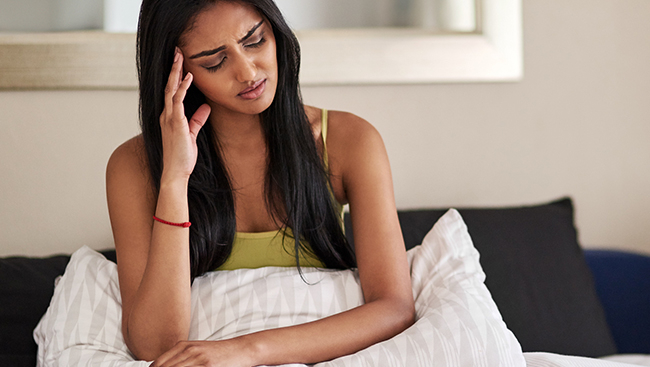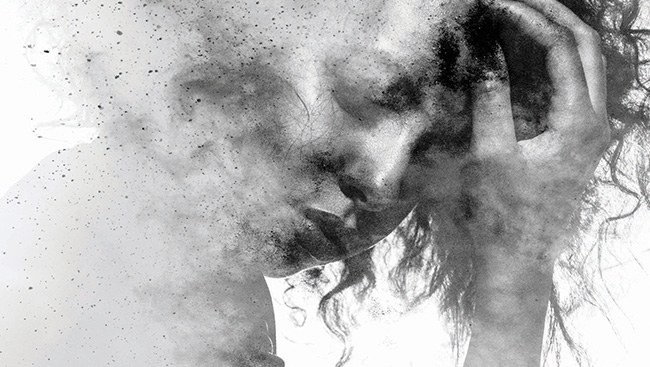Ever wondered what a headache really is or why we get them.
If the brain itself doesn’t have pain receptors, then how do we get headaches?Although this is true, the structures and layers around the brain do contain these receptors, which is where the pain signals are actually coming from.
“Headache” is an interesting term because it can be both a condition or a symptom, meaning it can be primary or secondary in nature. Primary headaches are when the headache is the primary problem, for example migraines, tension headaches or cluster headaches. Secondary headaches are usually caused by an underlying disease which results in headaches, like an injury, infection, tumor, or muscular-skeletal dysfunction. Determining the type of headache can be difficult as the list of causes can be one of many.
When should I be concerned:
- Blurry or double vision
- Sudden or sharp onset
- Headaches that wake you up a night
- Nausea with vomiting
- Other associated neurological signs and symptoms
Types of headaches:
Primary headaches
The most common types are:
Migraine: which is generally a pulsing headache, nausea with light and/or sound sensitivity, and usually only affects one side.
Tension headache: are non-pulsing, with pressure on both sides.
Cluster headache: short episodes of severe pain through one eye, with some type of autonomic symptom (tearing or nasal congestion).

Secondary headaches
These can vary from non harmful to serious conditions. Milder forms are cervicogenic headaches arising from muscle imbalances, or a side effect from medication, sinus infection, or a change in vision prescription. More severe conditions can be from high blood pressure, a hematoma, aneurysm, meningitis, hemorrhage or a tumor.
What should I do about my headaches?
There are numerous types of headaches and the cause can vary from benign to life threatening. Therefore, it is important to be aware of your body and identify your symptoms along with any aggravating and relieving factors. Appropriate testing can help determine primary cause of the headache, and allow for an effective treatment plan. Some common causes include poor sleep pattern, fatigue, sudden ingestion of cold food, common cold, sinuses, dental issues, medication or use of recreational drugs and alcohol.
It is a good idea to review your headache history with your doctor so they can help determine the type of headache and rule out any associated symptoms or causes.
Three key points are:
- Prevent (by identifying triggers and avoiding them),
- Treat (managing the root cause under the guidance of a medical professional),
- Manage (making appropriate adaptations to ensure symptoms are well cared for)
In order to best understand and manage your concerns, you should be aware of the characteristics specific to your headaches, so keeping a diary or log can help you be successful in your recovery.
Here’s what to watch for: Time of day (onset), Duration (how long it lasted), Intensity (scale of 0-10), Type of pain (sharp, stabbing, dull, throbbing, achy, burning), Triggers (light, sound, medication, diet, hormonal cycles), and Relieving factor (medication, rest, hydration, exercise).
By logging this information you and your doctor can determine patterns that will support your treatment plan.

Be proactive
Often we let minor symptoms pass when really they are warning signs. This doesn’t mean we need to be paranoid about each little thing. But yes it does mean that early intervention can prevent many chronic and long term problems. Similarly headaches can impact our daily lives perhaps in small ways initially but in a more complicated manner later.
It can:
- Limits ability to stay focused
- Result in time off at work
- Due to sensitivity, one may need to stay in a dark or quiet place, therefore away from any social environment at home or outdoors.
- Lead to depression
- Increase stress and anxiety levels
Treatment
Medical: Based on the diagnosis and cause of headaches, medical intervention may be required. Alongside, various healthcare professionals can improve your recovery. Conservative treatment options may consist of many drug-free therapies that can help manage and treat the problem or act as an adjunct to your ongoing treatment.
Physiotherapy: It can help provide specific exercises and self-treatment techniques to support and manage symptoms.
Osteopathic manual therapy: It can help free up restrictions and restore homeostasis, along with balancing the cranial-sacral rhythm. This balances all the forces on the body between the base of the skull to the tail bone.
Acupuncture: Can improve circulation and hormonal balance.
Massage therapy: Can help relieve muscle tensions.
Naturopathic practitioners and dieticians: Help encourage a healthy and suitable diet plan.
Chiropractic Therapy: Can support alignment concerns.
Headaches don’t have to control your life…. take control!
What can I do for myself?
Stay hydrated: a large part of our body and brain cavity is fluid-filled, meaning we need to maintain a strong fluid balance.
Nutrition: just as you eat to nourish your body, we need to nourish the brain to prevent deficiencies and optimize its function. Therefore, a healthy diet travels a lot further than our digestive tract.
Exercise: different types of exercise can help with headaches; a good mix of cardiovascular exercise and strength training can pump endorphins and oxygen-rich blood through the system and help manage pain.
Posture: proper body alignment reduces misalignment and musculoskeletal dysfunctions.
Yoga and relaxation/breathing techniques: stress has shown to be a cause of headaches, so making it a habit to practice a simple regime can reduce the impact of stress and anxiety.
About the author:
Sumen Singla-Goyal is a registered physical therapist and osteopathic manual therapist. She has been actively serving the Lower Mainland for over 10 years. She is very passionate about her work and wants to empower her patients and community with tools for healthy living.






